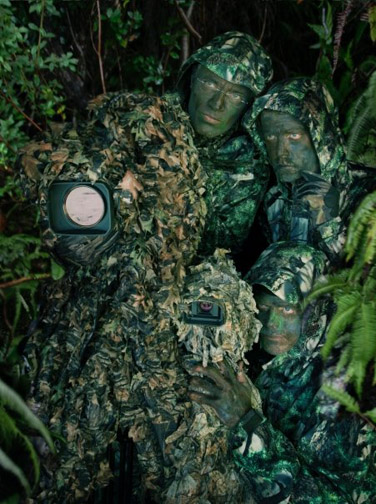Film Review: The Cove
Seagoing Documentary Lets Audiences In On A Shocking Secret


“You can’t see us.”
Latest Article|September 3, 2020|Free
::Making Grown Men Cry Since 1992


“You can’t see us.”